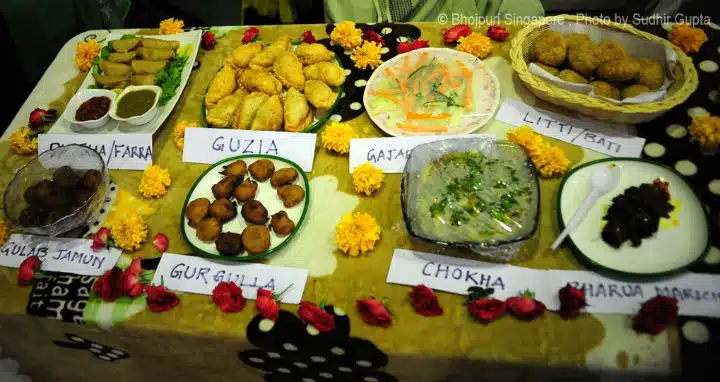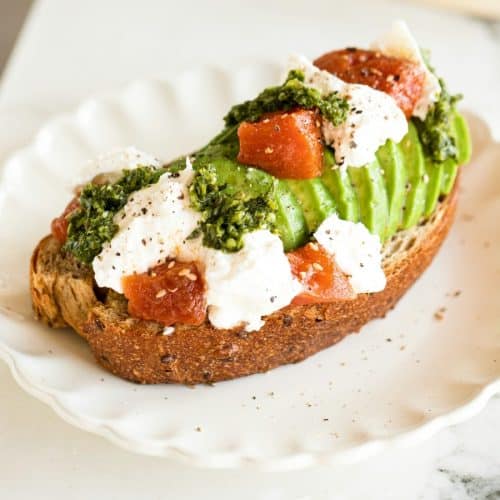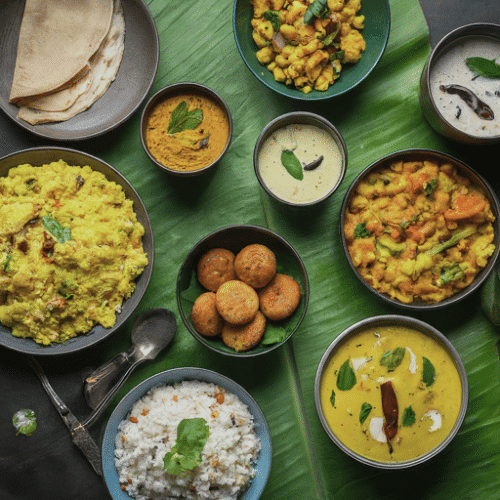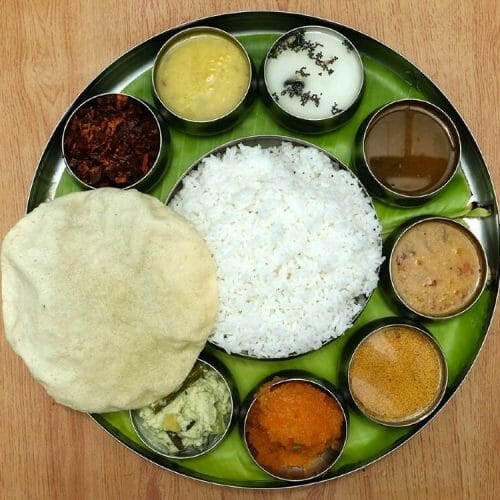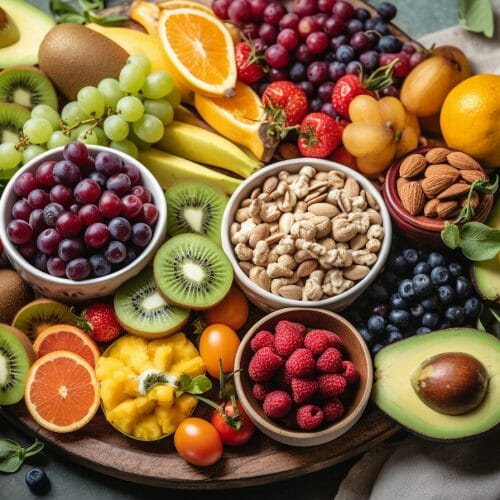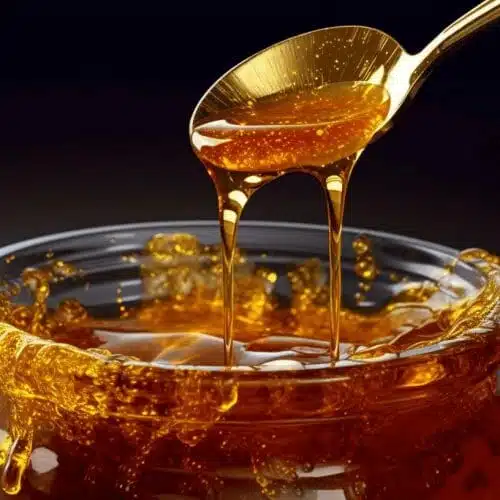Food, regardless of geographical location, has a unique way of gathering people, creating bonds, and sharing cultures. And one such cuisine that effortlessly binds wide-ranging flavours, tastes, traditions, and people is Lebanese. This mediterranean cuisine is known for its captivating aroma, mouth-watering flavour palette, and health value.
From humble, refreshing salads to decadent, intricate desserts, Lebanese cuisine offers a full spectrum of sensory experiences that satisfy both the palate and the body. Each dish is a harmonious symphony of fresh ingredients, aromatic spices, and deep-rooted cultural influences, reflecting Lebanon’s vibrant history and diverse landscapes.
In this blog, we’ll take you on a flavorful journey across fifteen must-try Lebanese dishes. Prepare to immerse yourself in a unique culinary voyage and explore the rich tapestry that genuinely encapsulates the spirit of Lebanon.
The 15 Must-Try Lebanese Cuisine Dishes
Whether you’re new to Lebanese cuisine or an established fan, the following dishes are a culinary journey you must embark upon. These include delightful starters, hearty mains, and soul-satisfying desserts that encapsulate the very essence of Lebanese cuisine. So, without further ado, let’s dive into these irresistible delicacies that ensure a well-rounded and authentic Lebanese cuisine experience.
1. Hummus
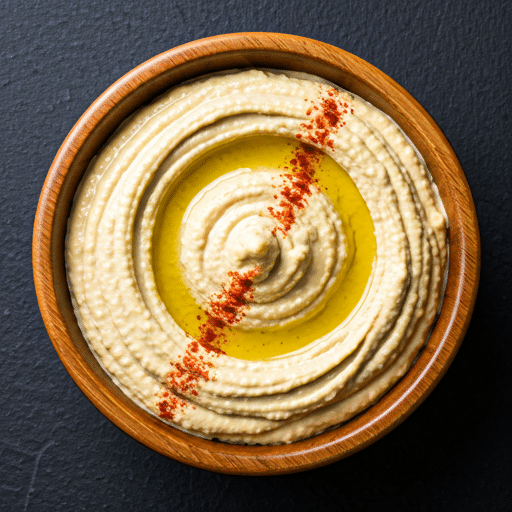
Hummus
If there’s one dish that has come to symbolise Lebanese cuisine globally, it’s Hummus, one of the most popular dishes. This wholesome, delectable dip or spread is made from mashed chickpeas blended with tahini, olive oil, lemon juice, and garlic.
Though simplicity is its secret, every household and eatery has its own unique way of making this delightful dish. Whether it’s the proportion of tahini to chickpeas or the garnish of olive oil, parsley, and sumac.
Hummus isn’t just relegated to the starter section; it’s eaten as a main dish, a side dish, and even a snack! So much so that the love for this dish has sparked a friendly rivalry between Middle Eastern countries to claim the title of ‘true hummus homeland.’
2. Tabbouleh
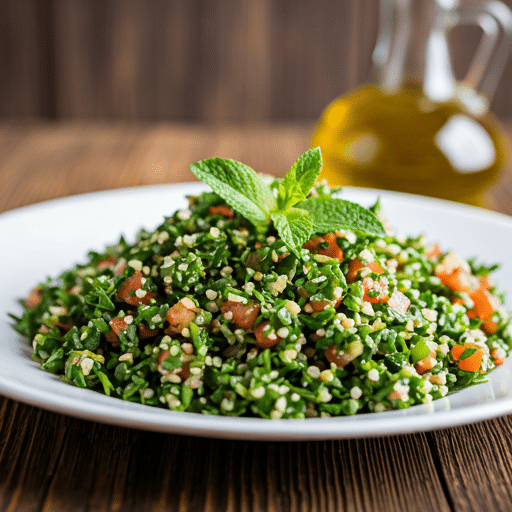
Tabbouleh
Another star of Lebanese cuisine is Tabbouleh. A beautifully refreshing salad, it’s a medley of finely chopped parsley, mint, tomatoes, and onions laced with bulgur wheat, lemon juice, and olive oil. Calling Tabbouleh ‘a perfect starter green salad‘ would be a gross understatement, as it’s far more than just greens on a plate.
Each bite boasts freshness from the herbs, juiciness from the tomatoes, tanginess from the lemon juice, and a delicious crunch from the bulgur wheat. Quite interestingly, while most salads focus on lettuce or other greens, Tabbouleh highlights parsley.
Vibrant, herbaceous, and tangy, with a crunch of cracked wheat, Tabbouleh is a bright and sunny salad that’ll refresh your palate and pair well with any spicy or hearty dish.
3. Fattoush
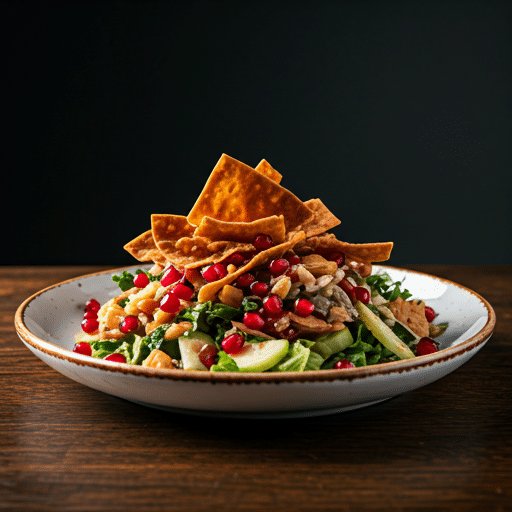
Fattoush
Adding to the list of Lebanon’s delicious salads is Fattoush, a brightly flavoured salad with a crunchy twist. It’s a clever mix of veggies – lettuce, cucumbers, tomatoes, and radishes mixed with pieces of toasted or fried pita bread, and herbs like mint and parsley.
The actual magic lies in its dressing – a tangy spice blend of olive oil, lemon juice, sumac, and garlic that gives each mouthful an invigorating punch.
The toasted pita adds a delightful crunch, making this salad more like a flavorful Lebanese bread salad. Fattoush is commonly devoured in summers and springs when vegetables are fresh and vibrant, making it an excellent choice for a light lunch or dinner.
4. Baba Ganoush
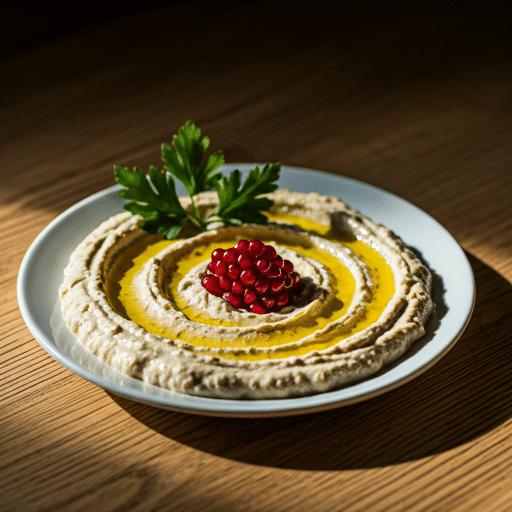
Baba Ganoush
Among the array of tempting Lebanese dips, Baba Ganoush certainly stands out. It’s a deliciously smoky, creamy eggplant dip made with roasted or grilled eggplants, tahini, olive oil, garlic, and lemon juice. The method of smoking the eggplant over an open flame lends the dip its distinct smoky flavour, while the rest of the ingredients allow for a velvety, smooth texture.
Similar to hummus, baba ganoush is a versatile dish that can be served as a dip with pita bread, a spread in sandwiches, or as a complementary side dish along with pita and meats or veggies.
Oftentimes, it’s garnished with pomegranate seeds or parsley, providing a lively contrast to the creamy, smoky dip.
Also Read: Eggplant Thovayal Recipe
5. Falafel
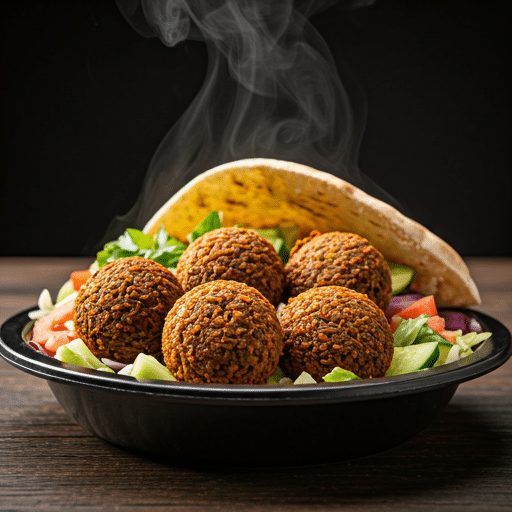
falafel recipe
One can’t talk about Lebanese cuisine without mentioning Falafel — the famous deep-fried balls of ground chickpea or fava beans enjoyed across the Middle East. These golden-brown fritters, seasoned with herbs and spices, are not only Instagram-worthy but also deliciously moreish.
Crunchy on the outside, fluffy on the inside, and bursting with flavours — falafels are often enjoyed as a quick snack or a light meal. While they’re impressive enough to be eaten independently, they’re traditionally tucked inside a warm pita, pickled vegetables, salads, and generous dollops of tahini sauce, creating a wholesome, plant-based treat.
Whether you’re a vegetarian, vegan, or meat lover, Falafel is one of those universally adored foods.
6. Kibbeh
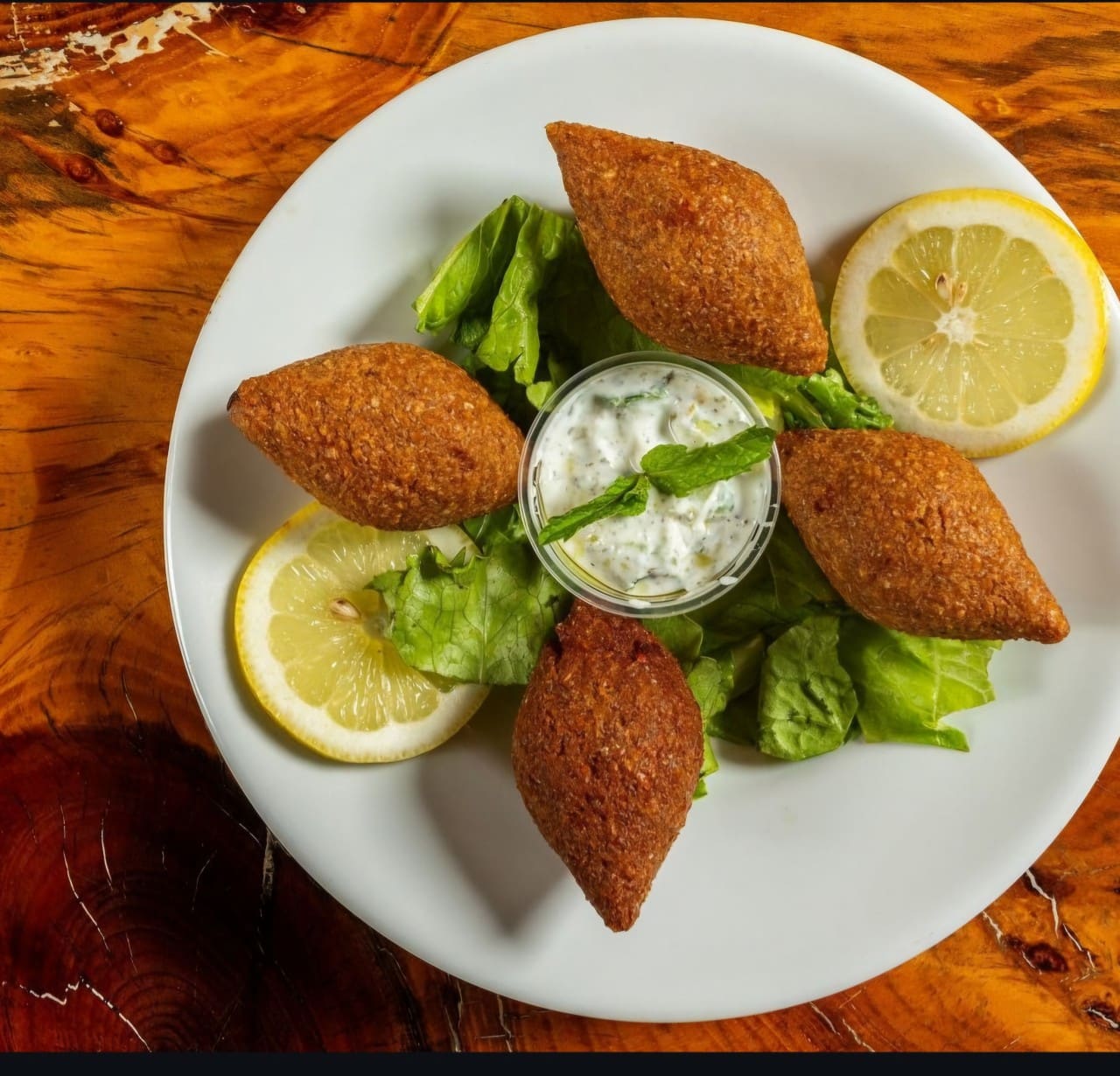
Kibbeh
User @zaitandzaatar
Among the more distinctive and loved dishes in Lebanese cuisine is Kibbeh – Lebanon’s take on the humble meatball. It’s an exquisite blend of lean ground meat, typically lamb or beef, bulgur wheat stuffed with sautéed minced meat, onions, and a host of spices, shaped into a football-like structure before being deep fried to perfection or baked.
This makes the outer shell deliciously crispy, leaving the inside beautifully moist. The nutty taste of bulgur mixed with the succulence of the meat, adorned by the aroma of spices – Kibbeh utterly satisfies those looking for a rich and hearty experience.
There’s also a fascinating variety of Kibbeh to be found – some are eaten raw, incorporated into soups, or even cooked in yoghurt gravy.
7. Man’oushe
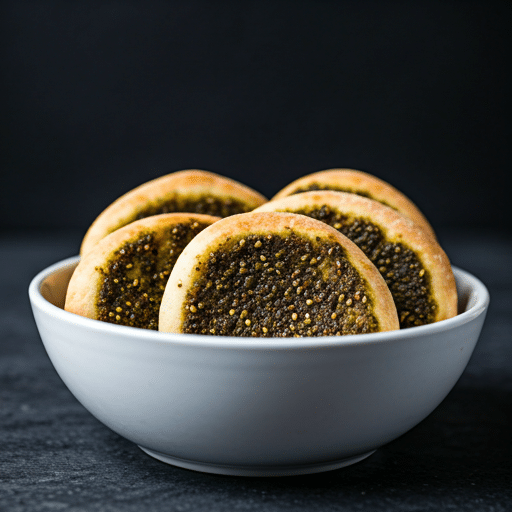
Man’oushe
If there’s one food perfectly representing Lebanese street food culture, it’s Man’oushe, often hailed as Lebanon’s answer to pizza. This delicious flatbread, traditionally topped with za’atar (a mix of thyme, sesame seeds, and sumac), has a cherished place in the hearts of Lebanese people.
Crisp on the outside, slightly chewy on the inside, featuring a pleasing bitter tang from the herbs and an appetising crunch from the sesame seeds – Man’oushe is the two-fold joy of satisfying your pizza cravings. It introduces your palate to fresh Lebanese flavours.
This versatile dish can be topped with cheese, salad or even spiced ground meat, making it Lebanon’s favourite breakfast, snack, or light meal.
8. Shish Taouk
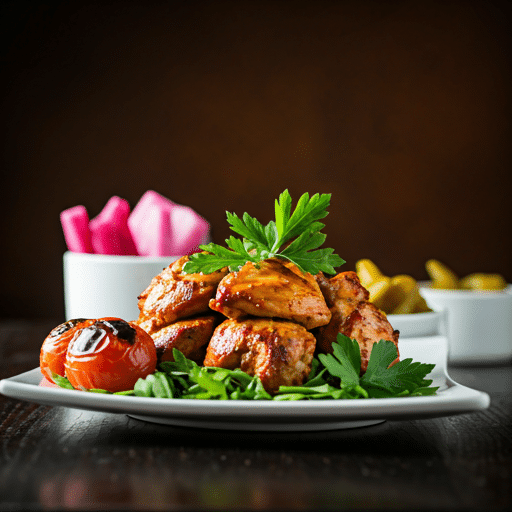
Shish Taouk
Straight from the Lebanese grill, the Shish Taouk has won hearts with its flavours and simplicity. Essentially chicken skewers, the dish gets its unique taste from the special marinade – an appetising mix of yoghurt, lemon, and a handful of aromatic spices.
The chicken pieces are marinated overnight for the flavours to meld well, and then they’re skewered and grilled until they turn golden and slightly charred at the edges.
This provides a texture that’s tender on the inside and crispy on the outside. The succulent, tasteful Shish Taouk is typically served with pita bread, salads, and a delicious garlic sauce known as Toum. Undoubtedly, this dish gives an authentic glimpse into traditional Lebanese barbeque.
9. Shawarma
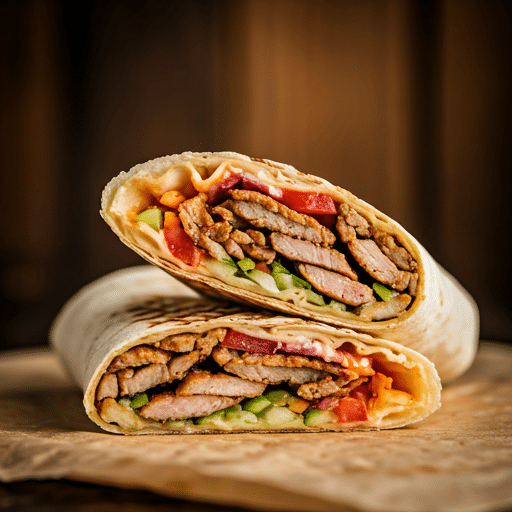
Shawarma
Shawarma is the culmination of flavoursome influences from different cultures, making it world-famous. The sumptuous dish features layers of marinated meat – usually chicken, lamb, or beef – stacked onto a vertical rotisserie, slowly roasting the outer layer against a heat source.
Thin slices of cooked meat are then shaved off and stuffed in warm and soft pita bread with fresh vegetables, tangy pickles, and a choice of sauces.
Despite being simple, every bite of Shawarma floods the palate with delightful tastes and textures – crispy, juicy meat, crunchy veggies, and rich, creamy sauces. The Shawarma is more than just a rich, hefty wrap; it’s a melting pot of cultural flavours, resonating with the popularity of Lebanese street food around the globe.
10. Mujadara
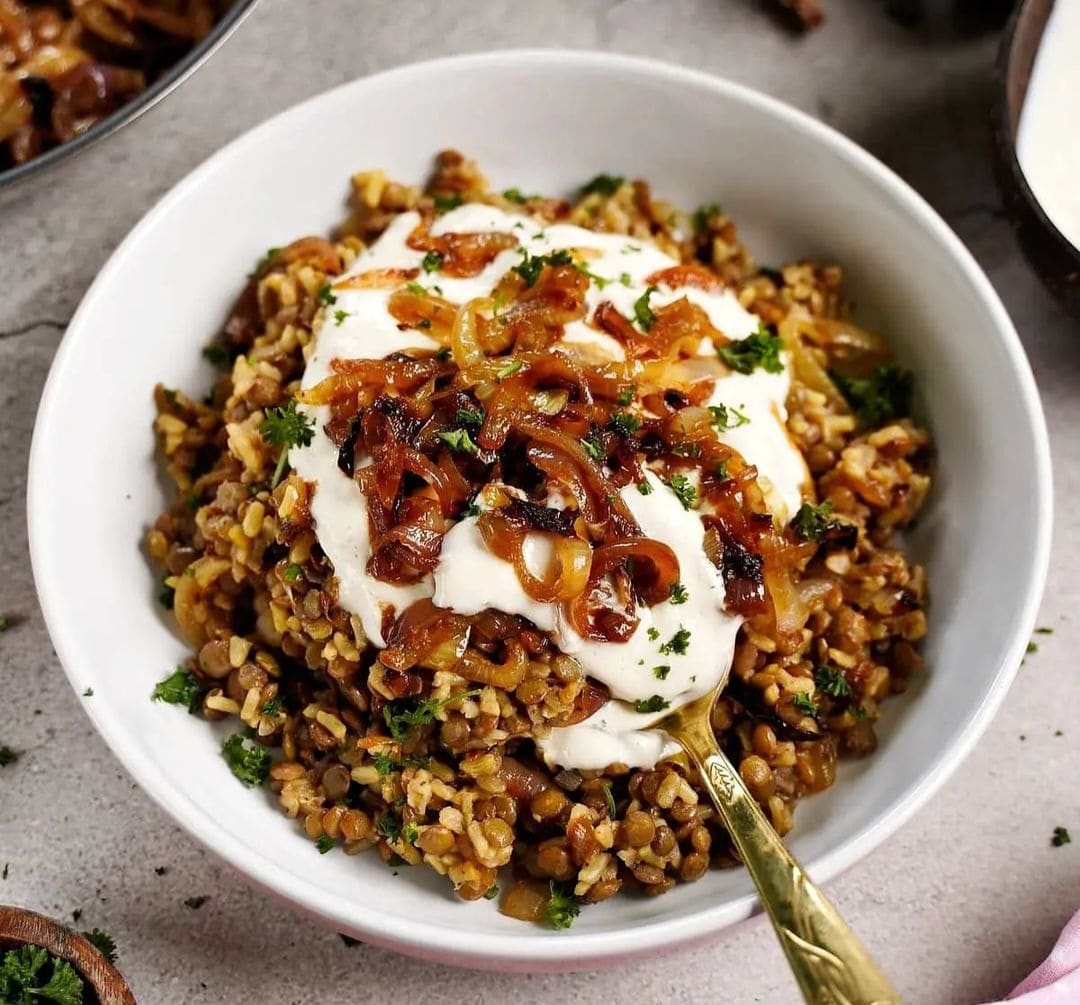
Mujadara
User @elavegan
Coming from humble beginnings, Mujadara is a comforting, filling staple dish made up of lentils, caramelised onions, and rice or bulgur wheat. Though the ingredients are simple, cooking them slowly and methodically brings out a depth of flavour that is surprisingly complex and satisfying.
The lentils provide a hearty base, the rice a chewy contrast, and the caramelised onions add a hint of sweetness. This humble dish far surpasses the sum of its parts, providing a nourishing and satisfying meal that is inexpensive and easy to prepare.
Often garnished with crispy fried onions for added crunch and texture, Mujadara proves that simple food adequately prepared can be nothing short of extraordinary.
11. Baklava
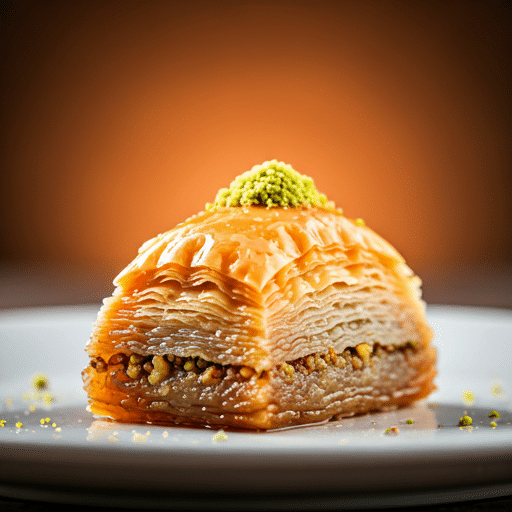
Baklava
One cannot discuss Lebanese cuisine without mentioning its delectable desserts, and Baklava is undoubtedly one of the most loved sweet treats. A pastry made of several layers of ultra-thin filo dough coated with melted butter, filled with chopped nuts and drenched in syrup or honey.
Once baked to a golden hue, every bite offers a delightful crunch, followed by a nutty aroma and a luscious sweetness that’s perfectly balanced, not cloyingly sweet.
Traditionally enjoyed during festive times, Baklava, with its enchanted combination of textures, flavours, and hints of cinnamon, is undoubtedly a dessert that leaves a lasting impression.
12. Ayran
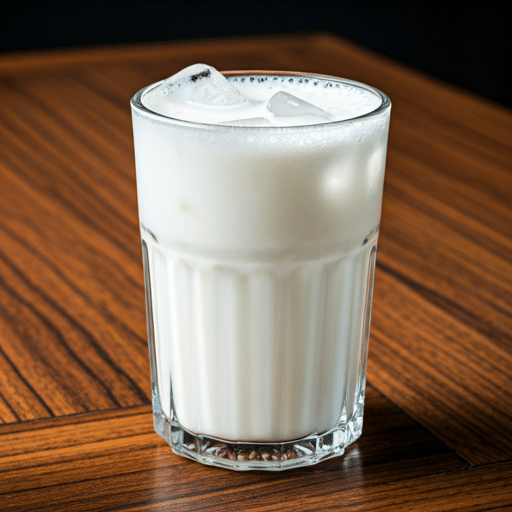
Ayran
Ayran is a popular traditional Lebanese drink made with yoghurt, water, and a pinch of salt. The beauty of this beverage lies in its simplicity and health benefits. It’s creamy, frothy, and revitalising, with a slight tang from the yoghurt.
Being rich in nutrients and probiotics, Ayran is more than just a cooling beverage; it aids digestion and boosts immunity.
This perfect thirst-quenching lassi-like beverage is Lebanon’s star summer drink but equally adored year-round.
13. Lebanese Coffee
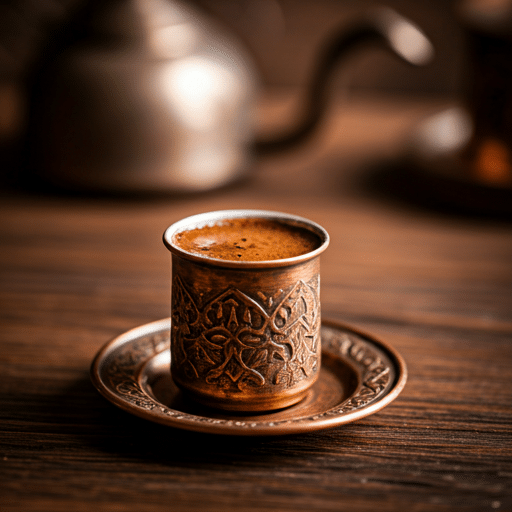
Lebanese coffee
Lebanese coffee, also known as Arabic coffee, is an integral part of daily life in Lebanon. Much like espresso, it’s strong, prosperous, and often served in small cups.
The difference lies in the brewing style and the addition of cardamom – a spice that adds a distinct, refreshing note to the coffee.
Ideal for sipping with friends, family, or alone, Lebanese coffee is not simply a beverage but a cherished Lebanese ritual that establishes a feeling of comfort and hospitality.
14. Kanafeh
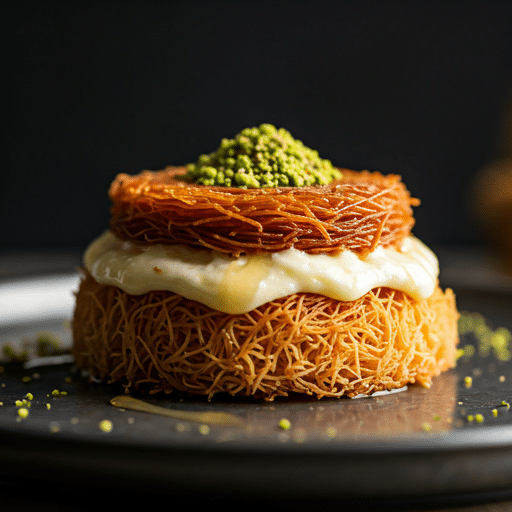
Kanafeh
Indulge in Kanafeh, also known as “Lebanese cheesecake“, to round off your Lebanese dining journey.
It’s a sweet pastry made from shredded phyllo dough filled with luscious, gooey cheese and soaked in sugar syrup infused with rose water.
Topped with ground pistachio, Kanafeh is an indulgent dessert that harmoniously combines crisp texture, creamy filling, and sweet syrup, symbolising the sweet harmony found in Lebanese cuisine.
15. Rice Pilaf
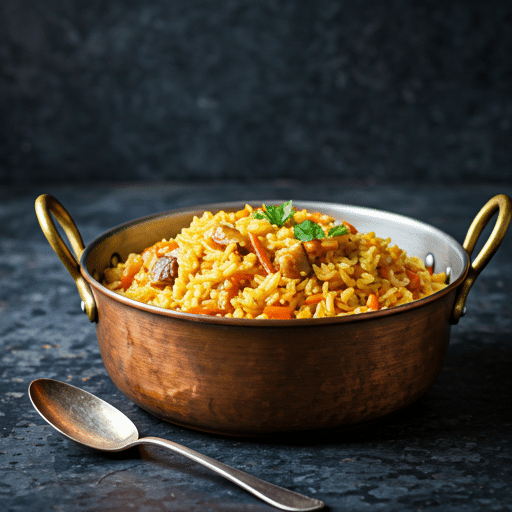
Rice Pilaf
Rice Pilaf is a common accompaniment to many Lebanese dishes. Cooked in stock or broth with various aromatic spices, it offers a sophisticated flavour that goes well with both meat and vegetarian dishes.
With its tender grains, subtle fragrance, and versatile nature, Rice Pilaf is a staple dish that enhances the overall meal.
Whether served alongside grilled meats, stews, or simply with a good yoghurt dollop, it completes every Lebanese dining experience.
Conclusion
Lebanese Cuisine offers an exquisite blend of flavours, textures, and culinary expressions, drawing on a lively blend of influences and ingredients. From the simple and robust Flavors of Hummus and the fresh burst of Tabbouleh to the hearty comfort of Mujadara or the delectable Baklava, each dish symbolises Lebanon’s rich culinary heritage.
These dishes offer a taste of adventure and provide a glimpse into the country’s bracing history, cultural significance, and vibrant spirit reflected in their daily life.
Whether cooking Lebanese food at home or ordering from a nearby restaurant, these classic dishes allow you to explore the Levantine culinary world while satiating your taste buds.
Frequently Asked Questions
What is the national dish of Lebanon?
Kibbeh, a type of stuffed meatball made of bulgur wheat, minced onions, and finely ground lean beef or lamb, is considered the national dish of Lebanon. This iconic dish is beloved for its hearty flavours and unique texture.
Are Lebanese and Middle Eastern foods different?
Lebanese cuisine is a part of Middle Eastern cuisine. It shares many similarities with other Middle Eastern cuisines but has its unique features, too. Its extensive use of fresh ingredients, creative mezze platters, and dishes like Kibbeh and Tabbouleh sets it apart.
Why is Lebanese food so healthy?
Lebanese food is hailed as healthy due to the extensive use of fresh fruits, vegetables, lean meats, whole grains, and heart-healthy fat – olive oil. It is low in saturated fat, rich in fibre, and high in vitamins and minerals.
What are some well-known Lebanese food brands?
Some notable Lebanese food brands include Al Wadi Al Akhdar, Al-Rifai, Al Bohsali Sweets and Patchi (a premium chocolate brand). These brands offer various products, from packaged foods to iconic Lebanese sweets and desserts.
Which Lebanese dish is the most challenging to make?
Kibbeh and Baklava can be challenging due to their intricate preparation process. Handcrafting the meat and bulgur shells for Kibbeh or layering thin filo pastry for Baklava requires time, precision, and practice.







